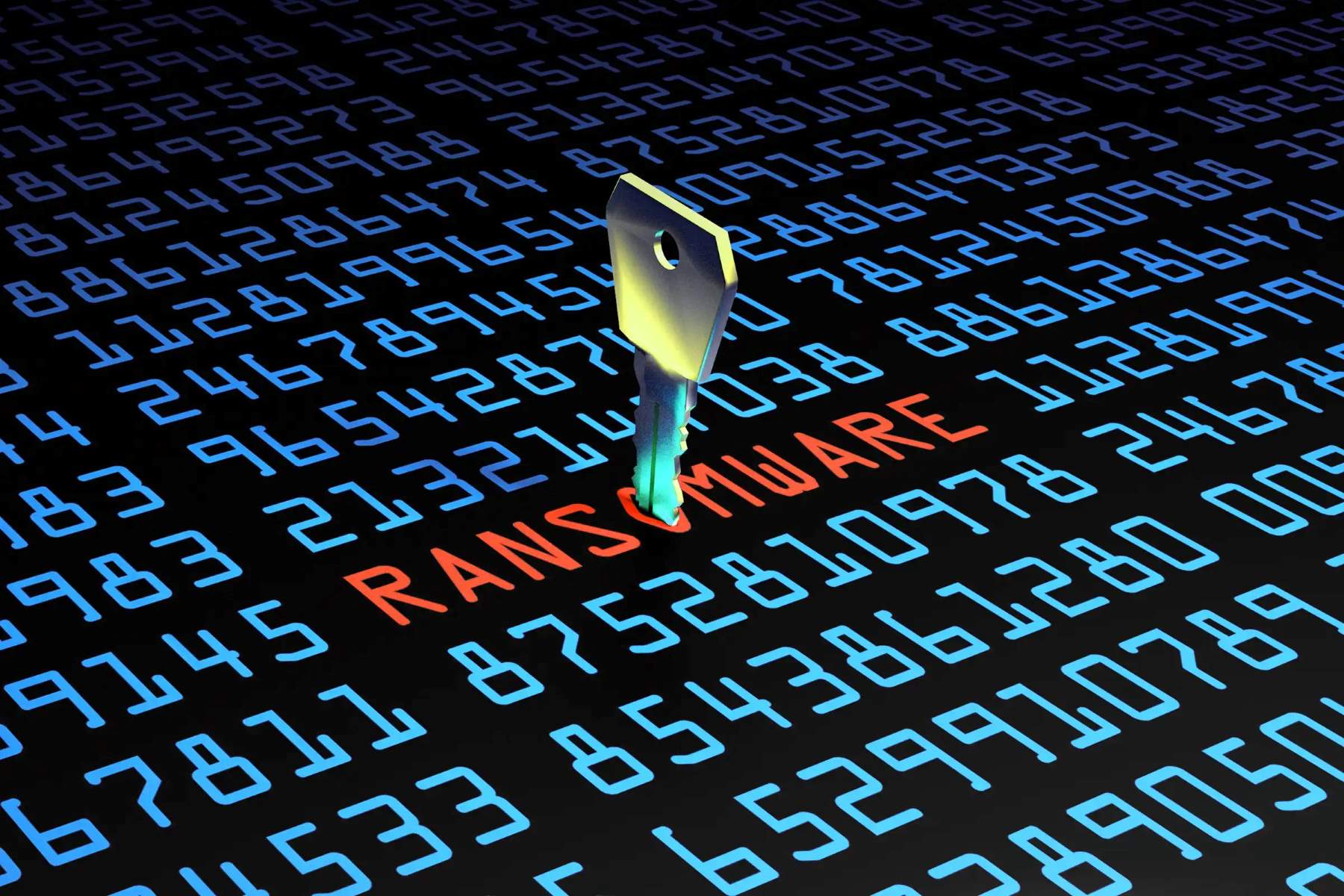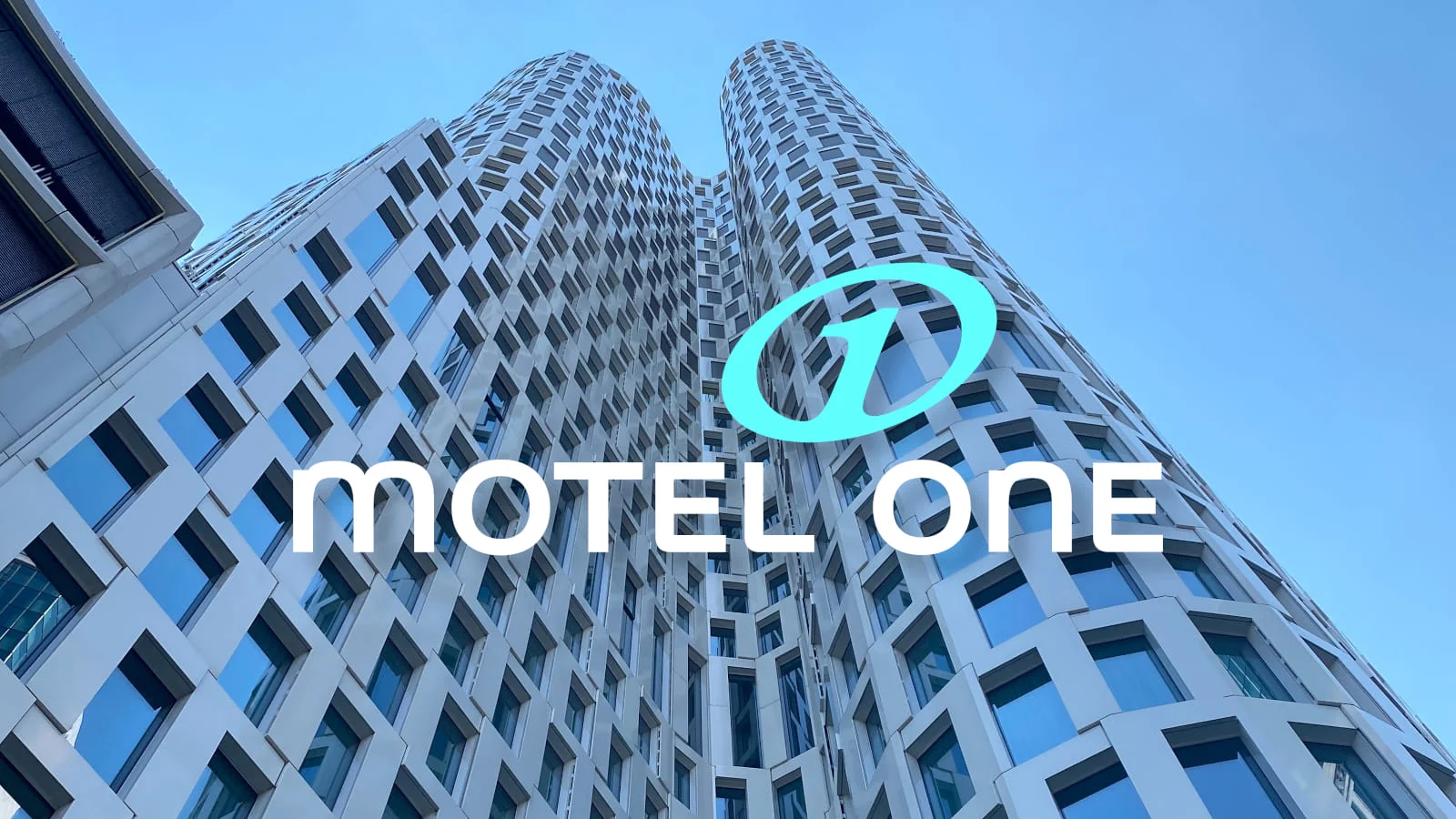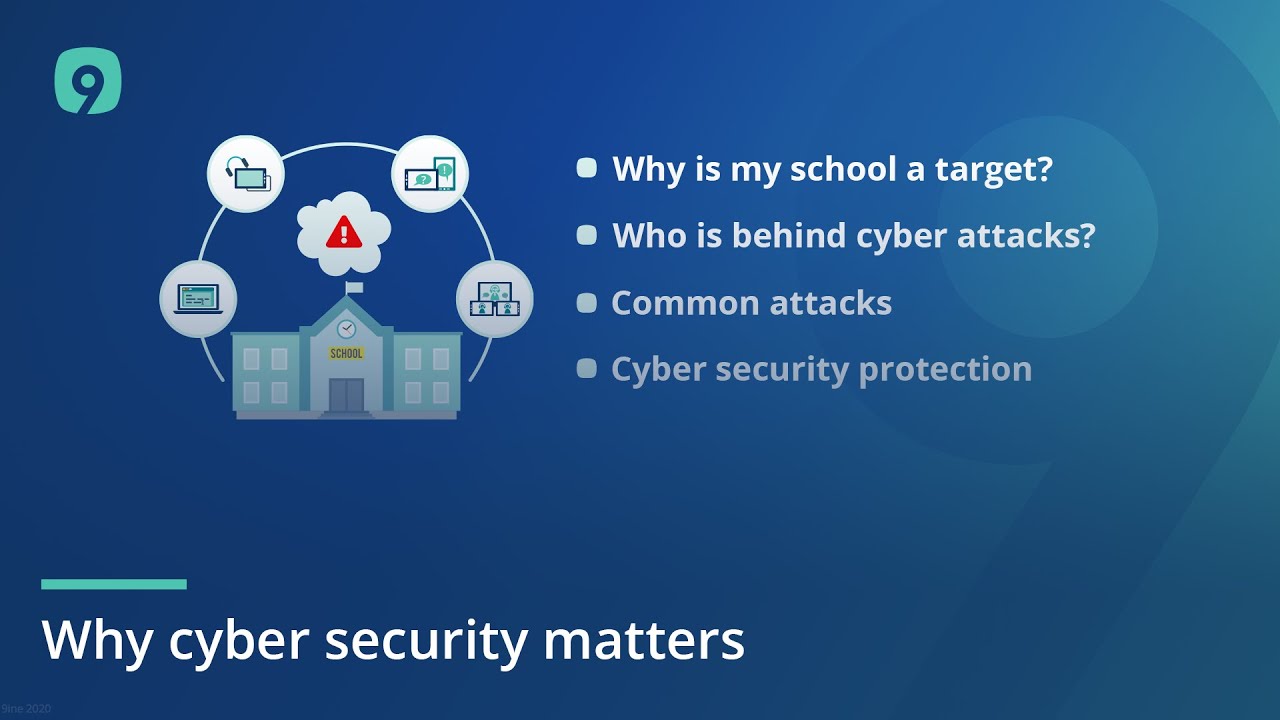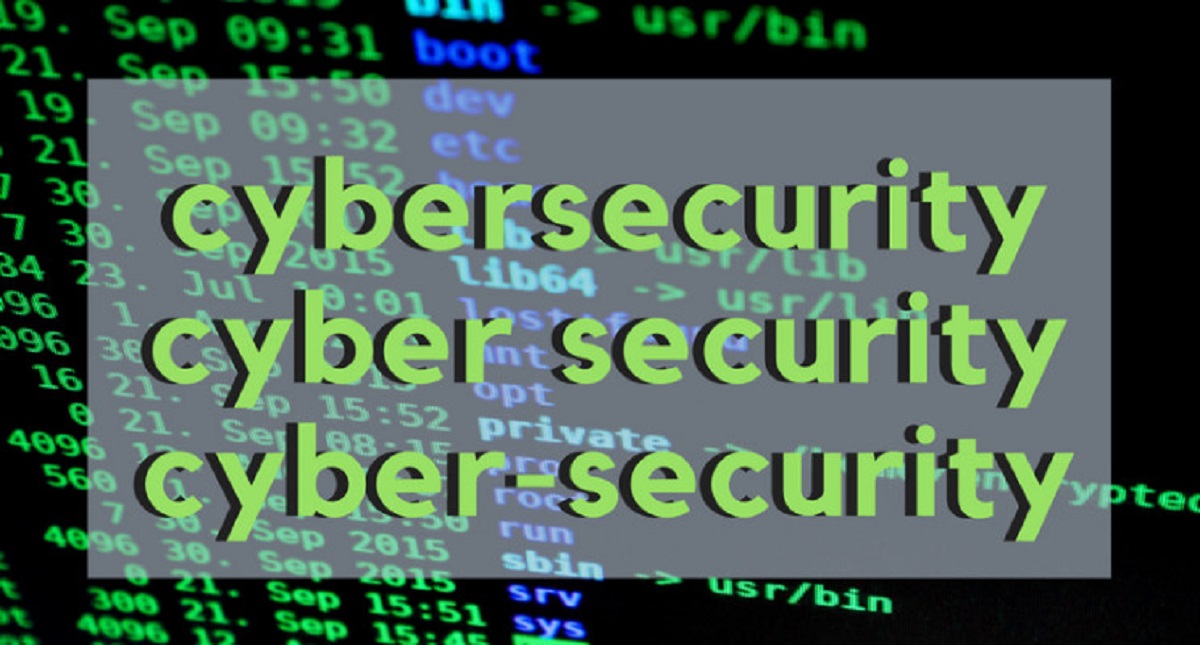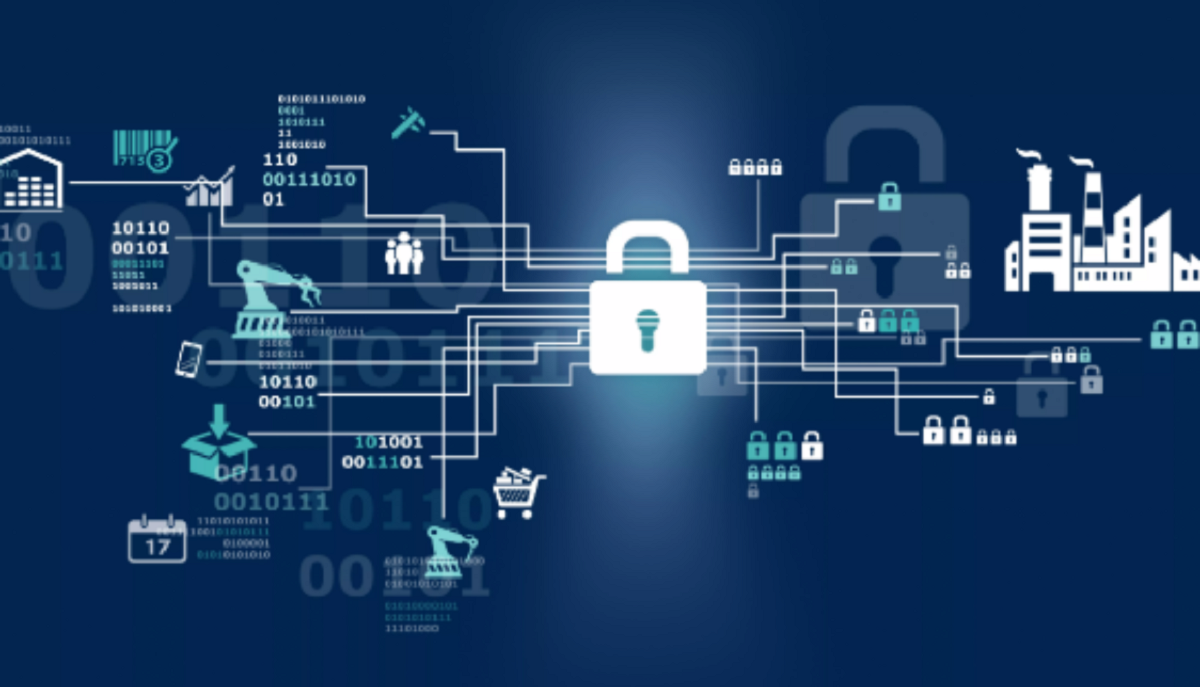Ransomware attacks targeting the public sector in the United States are on the rise, and experts predict that 2023 will be a record-breaking year for such incidents. These attacks, which can involve encrypting data for extortion or stealing sensitive information, have been successful primarily because the public sector is an easy target. Local governments, in particular, face budget constraints and limited cybersecurity resources, making them susceptible to cyberattacks.
Key Takeaway
The public sector’s vulnerability to ransomware attacks is due to limited resources, valuable data, and the complexity of their environments.
Limited Resources and Valuable Data
The public sector’s vulnerability stems from a combination of budget limitations and the valuable data it holds. Local governments often have small IT budgets and a shortage of dedicated cybersecurity personnel. Consequently, they struggle to allocate sufficient resources to protect their networks and systems adequately. At the same time, these entities possess highly valuable data, including information related to housing, education, and healthcare, such as student and patient records. This valuable data makes them attractive targets for cybercriminals seeking financial gain or leverage.
The Complexity Challenge
Protecting against ransomware attacks is a daunting task for public sector organizations. As these entities expand their digital footprints, they often introduce complexity to their environments. Unfortunately, they rely on a small number of security practitioners to manage this complexity, which can be overwhelming. Additionally, many public sector organizations depend on third-party tools and external contractors, creating a supply-chain risk. Conducting due diligence becomes challenging due to limited resources and organizations’ reluctance to adopt automated tools that streamline security processes. Furthermore, understanding the data supply chain adds yet another layer of complexity.
Taking the First Steps
To overcome these challenges and successfully fend off ransomware attacks, public sector organizations must consider alternative approaches. Both Allan Liska, a threat intelligence analyst at Recorded Future, and MK Palmore, former FBI agent and director in Google Cloud’s Office of the CISO, suggest moving away from Windows environments, as there have been no documented instances of ransomware proliferating against all-Mac networks or Chromebooks.
Furthermore, organizations should avoid adding unnecessary tools to their environments. Liska highlights the need for security vendors to refrain from offering multiple tools as the answer to every problem, resulting in an overload of tools within organizations. Streamlining security operations and reducing tool complexity can help enhance the overall defense against ransomware attacks.
The Importance of Collaboration
Public sector organizations cannot combat ransomware attacks alone. It is crucial for them to seek assistance and support, particularly from the U.S. federal government, which has been making efforts to strengthen its defenses against ransomware. Initiatives such as the K12 cyber resiliency effort and increased security funding for state governments demonstrate the commitment to addressing this issue. Additionally, the government has contributed to takedowns of ransomware operations and imposed sanctions on prominent ransomware gangs, acting as a deterrent even if extradition is not possible.
However, more can be done to aid cash-strapped public sector entities. MK Palmore emphasizes the importance of public-private partnerships, highlighting their historical success in solving challenging problems. Collaboration between the private sector and government entities can bring in additional resources, knowledge, and technological expertise to combat ransomware effectively.
As the public sector faces the growing threat of ransomware attacks, it is clear that a comprehensive approach is necessary. This requires leveraging alternative technology platforms, streamlining security operations, and fostering collaboration between public and private stakeholders. Only through these efforts can public sector organizations strengthen their defenses and protect the valuable data they hold.







